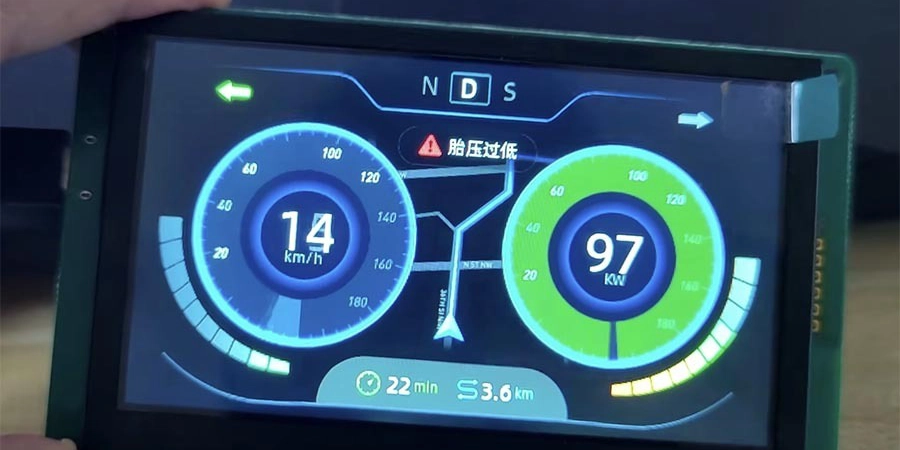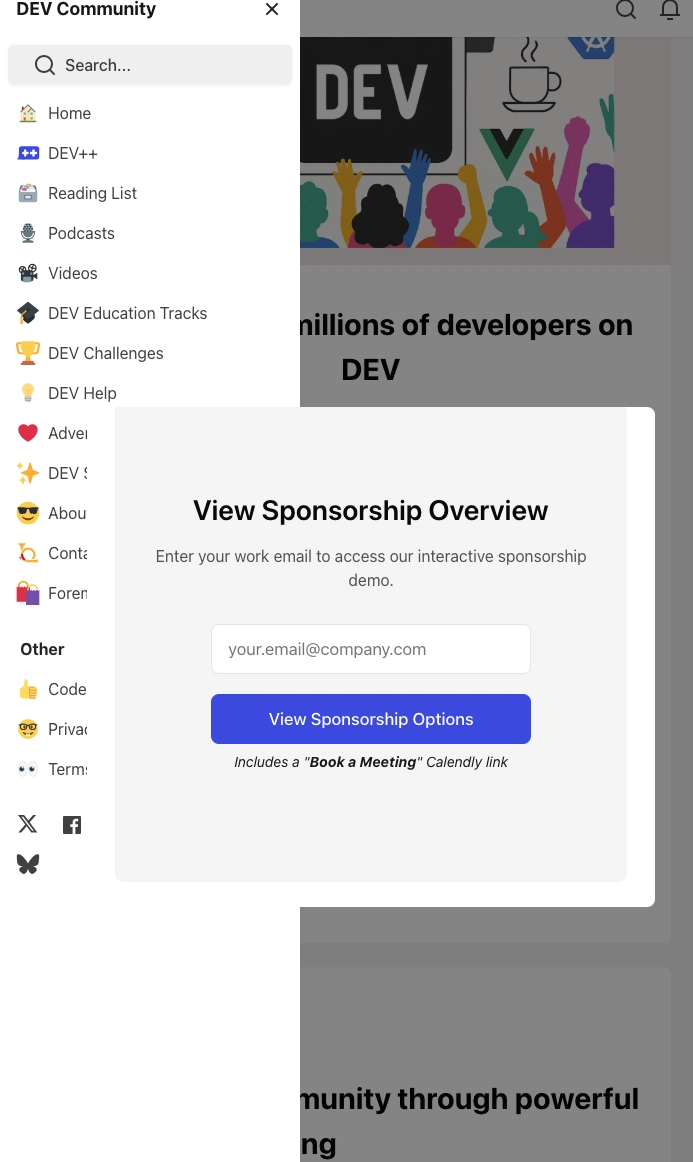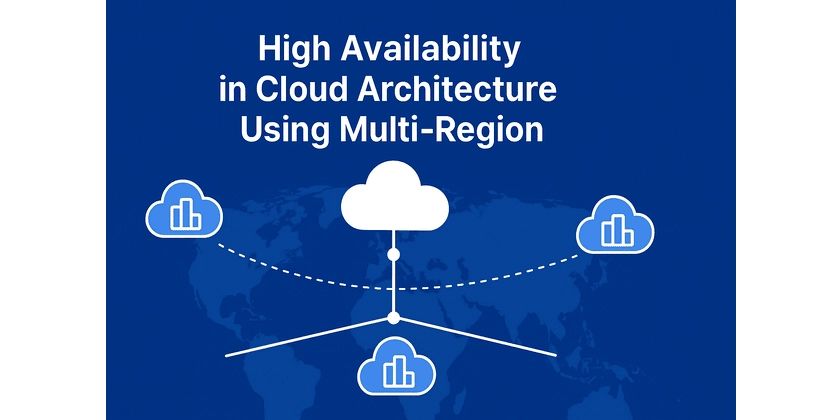In industrial and embedded applications, communication between a Human-Machine Interface (HMI) and external devices is often achieved through serial protocols such as UART, RS232, and RS485.
These interfaces have stood the test of time for their simplicity, reliability, and universality.
When combined with an Android-based control screen, they form a powerful solution for visualization, control, and real-time monitoring — without requiring complex development from scratch.
1. What Is a Serial Android Control Screen?
A serial Android control screen is a display terminal running the Android operating system that communicates with other devices through serial interfaces.
It typically serves as a smart front-end for industrial controllers, sensors, PLCs, or embedded boards.
Instead of developing a custom HMI and communication firmware, engineers can integrate an off-the-shelf Android panel and connect it directly using serial protocols like UART, RS232, or RS485.
This type of screen performs three main roles:
- HMI (Human-Machine Interface): Provides a graphical interface for users to monitor data and send commands.
- Communication Bridge: Sends and receives serial data between Android applications and external devices.
- Embedded Controller: Executes logic or control tasks locally, reducing the load on the main system.
2. Why Serial Communication Still Matters
Despite the rise of USB, Ethernet, and wireless protocols, serial communication remains essential in industrial and embedded systems.
Protocols like UART, RS232, and RS485 offer deterministic behavior, real-time data exchange, and simple hardware requirements — all critical for automation and instrumentation environments.
Key advantages include:
- Stability: Works reliably even in noisy environments.
- Simplicity: Easy to implement with minimal hardware.
- Compatibility: Supported by virtually all microcontrollers and industrial devices.
- Cost Efficiency: No need for expensive communication modules.
In particular, RS485 supports multi-drop networks — allowing one Android HMI to control multiple devices over long distances (up to 1200 meters).
This makes it the preferred interface for factory automation, energy monitoring, and building management systems.
3. How Android Integrates with Serial Interfaces
Most Android boards used in industrial control screens include one or more serial ports accessible through GPIO or USB-to-UART chips.
Developers can access these ports using:
- The Android SDK’s Serial API (for supported SoCs like Rockchip or Allwinner)
- Native access via the NDK and Linux device nodes (e.g.,
/dev/ttyS1or/dev/ttyUSB0) - Third-party libraries such as UsbSerial or SerialPort API for Android
This flexibility enables Android to act as a host for industrial serial devices such as:
- PLC controllers
- Temperature sensors
- Modbus RTU devices
- Weighing instruments
- Motor drivers
- Energy meters
Through serial commands and data parsing, the Android control panel can read sensor values, trigger relays, or visualize system status on-screen — all without needing a full industrial PC.
4. Typical Architecture of a Serial Android HMI
A typical setup consists of three layers:
- Hardware Layer: Android touch display (with UART/RS232/RS485 ports) + target device or controller.
- Communication Layer: Serial protocol driver (often based on Modbus RTU or custom ASCII commands).
- Application Layer: Android app for visualization, control logic, and data logging.
In most designs, the Android device acts as the master and the target device as the slave.
The HMI periodically polls data or sends commands through serial frames.
5. Advantages of Using a Serial Android Control Screen
5.1 Rapid Development
Building a display module from scratch — from firmware to GUI design — can take months.
An Android serial HMI allows developers to leverage ready-to-use libraries, Android Studio tools, and standard serial APIs to create production-ready interfaces within weeks.
5.2 Reduced R&D Cost
Instead of designing a custom mainboard, power module, and OS, using an existing Android-based control panel drastically cuts development time and engineering cost.
Developers can focus on application logic and user experience rather than hardware design and BSP adaptation.
5.3 Cross-Platform Integration
Android offers built-in network, Bluetooth, and Wi-Fi connectivity.
A single device can therefore integrate serial-based field equipment with cloud servers, mobile apps, or web dashboards — bridging OT (Operational Technology) and IT seamlessly.
5.4 Rich GUI and Multimedia Capabilities
Unlike traditional monochrome HMIs, Android supports modern UI frameworks such as Jetpack Compose, Qt, or Flutter, enabling animated dashboards, multi-language interfaces, and real-time graphics.
5.5 Expandability
Because Android is Linux-based, it supports USB peripherals, cameras, audio input/output, and sensors.
This makes serial Android screens a perfect all-in-one solution for complex control systems.
6. UART, RS232, and RS485 — Key Differences
While all three belong to the serial communication family, they differ in voltage levels, communication distance, and topology:
| Interface | Voltage Level | Max Distance | Communication Type | Typical Usage |
|---|---|---|---|---|
| UART | 0 – 3.3V or 0 – 5V | < 1 meter | Point-to-point | Internal board communication |
| RS232 | ±12V | 15 meters | Point-to-point | Legacy devices, lab instruments |
| RS485 | ±5V differential | Up to 1200 meters | Multi-drop (1:N) | Industrial control, Modbus RTU networks |
RS485’s differential signaling makes it extremely robust in electrically noisy environments, which is why most industrial Android HMIs support it as the primary communication bus.
7. Example Use Cases
7.1 Industrial Automation
In factories, Android serial control screens communicate with PLCs over RS485 (Modbus RTU).
Operators can monitor temperatures, machine status, or production data, and adjust parameters through the touchscreen.
7.2 Energy and Environmental Systems
RS485-based smart meters or inverters often connect to Android HMIs that log data, show real-time power graphs, and upload records to the cloud.
7.3 Medical and Laboratory Equipment
In compact analyzers or medical instruments, a serial Android screen provides a modern UI without increasing system complexity — enabling better ergonomics and faster deployment.
7.4 Transportation and Kiosks
Public terminals, EV chargers, and vending machines use RS232/RS485 Android screens for both user interaction and device control, reducing total system BOM.
8. Software Design Considerations
When developing Android apps for serial control panels, key aspects include:
- Baud rate configuration: Typical values are 9600 or 115200 bps depending on protocol.
- Data framing: Common formats are 8N1 or 7E1 (data bits, parity, stop bits).
- Protocol parsing: Handle Modbus RTU, ASCII frames, or custom binary packets.
- Threading: Use background threads or coroutines to manage I/O without blocking UI.
- Error handling: Implement CRC checks, retries, and timeout management.
Combining these with modern Android UI libraries yields fast, responsive, and industrial-grade HMI software.
9. Real-World Example: Android + RS485 Temperature Controller
A manufacturing company wanted to upgrade its legacy temperature control system.
Instead of designing a custom display and microcontroller, they chose a 7-inch Android HMI with a built-in RS485 port.
Within two weeks, developers created an app that:
- Polled temperature readings from Modbus-based sensors
- Displayed real-time graphs and alarm history
- Allowed users to modify control setpoints
- Uploaded log data to an online dashboard
The result: a modern user experience, reduced maintenance costs, and faster product iteration — all achieved with off-the-shelf hardware.
10. Conclusion
A serial Android control screen is not just a display — it’s a complete HMI platform that bridges legacy serial communication with modern Android software capabilities.
By supporting UART, RS232, and RS485, it allows seamless integration with industrial devices while offering a flexible, touch-based UI.
Compared to developing a custom embedded HMI from scratch, adopting a serial Android panel can cut development time by 50–70% and significantly reduce cost.
For companies developing automation systems, smart devices, or control instruments, this approach delivers faster deployment and long-term maintainability.
In short, the Android serial control screen represents the future of embedded HMI design — combining the reliability of classic serial communication with the intelligence and visual richness of the Android ecosystem.



